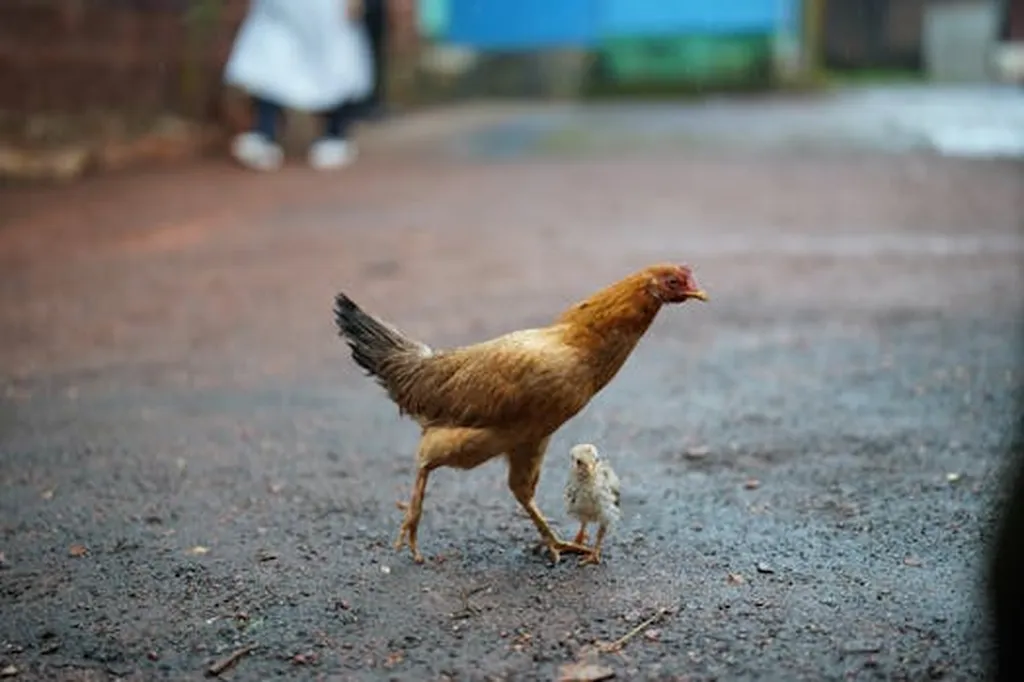In a groundbreaking study published in the journal *Biology*, researchers have harnessed the power of deep learning and explainable artificial intelligence (XAI) to classify eight morphologically similar Earthstar fungal species with remarkable accuracy. The study, led by Eda Kumru from the Graduate School of Natural and Applied Sciences at Ankara University, introduces a novel framework that not only enhances classification accuracy but also provides interpretability, a critical aspect for practical applications in agriculture.
Earthstar fungi, known for their intricate and visually overlapping features, present a significant challenge for traditional classification methods. Kumru and her team employed eight different convolutional neural network (CNN) and transformer-based architectures, including EfficientNetV2-M, DenseNet121, and MaxViT-S, to tackle this complexity. The results were impressive, with accuracy scores ranging from 86.16% to 96.23%. EfficientNet-B3 stood out as the top performer, achieving an individual accuracy of 96.23%.
One of the key innovations of this study is the development of two hybrid ensemble models: EfficientNet-B3 + DeiT and DenseNet121 + MaxViT-S. These ensembles further improved classification stability, reaching accuracies of 93.71% and 93.08%, respectively. The EfficientNet-B3 + DeiT model, in particular, delivered a balanced performance with a precision of 93.83%, recall of 93.72%, and an F1-score of 93.73%.
“The integration of deep learning and explainable AI techniques has allowed us to not only classify these fungi with high accuracy but also to understand the rationale behind each classification decision,” said Kumru. This interpretability is crucial for agricultural applications, where understanding the biological insights can support sustainable production strategies.
The study’s findings have significant implications for the agriculture sector. Earthstar fungi are symbiotic organisms that play a vital role in soil health and nutrient cycling. Accurate classification and monitoring of these species can help farmers and agronomists make informed decisions, potentially leading to improved crop yields and sustainable farming practices.
Moreover, the research paves the way for future developments in fungal taxonomy and agricultural monitoring. “Our method holds potential for monitoring symbiotic fungal species in agricultural ecosystems,” Kumru explained. “This can support sustainable production strategies and contribute to the overall health of agricultural systems.”
The study’s success in classifying morphologically similar fungal species with high accuracy and interpretability sets a new standard for fungal taxonomy. As Kumru and her team continue to expand the dataset with samples from diverse ecological regions and test the method under field conditions, the agricultural sector can look forward to more advanced tools for monitoring and managing these crucial symbiotic organisms.
In the rapidly evolving field of agritech, this research represents a significant step forward, combining cutting-edge technology with practical applications to support sustainable agriculture. As the world grapples with the challenges of climate change and food security, such innovations are more important than ever.

